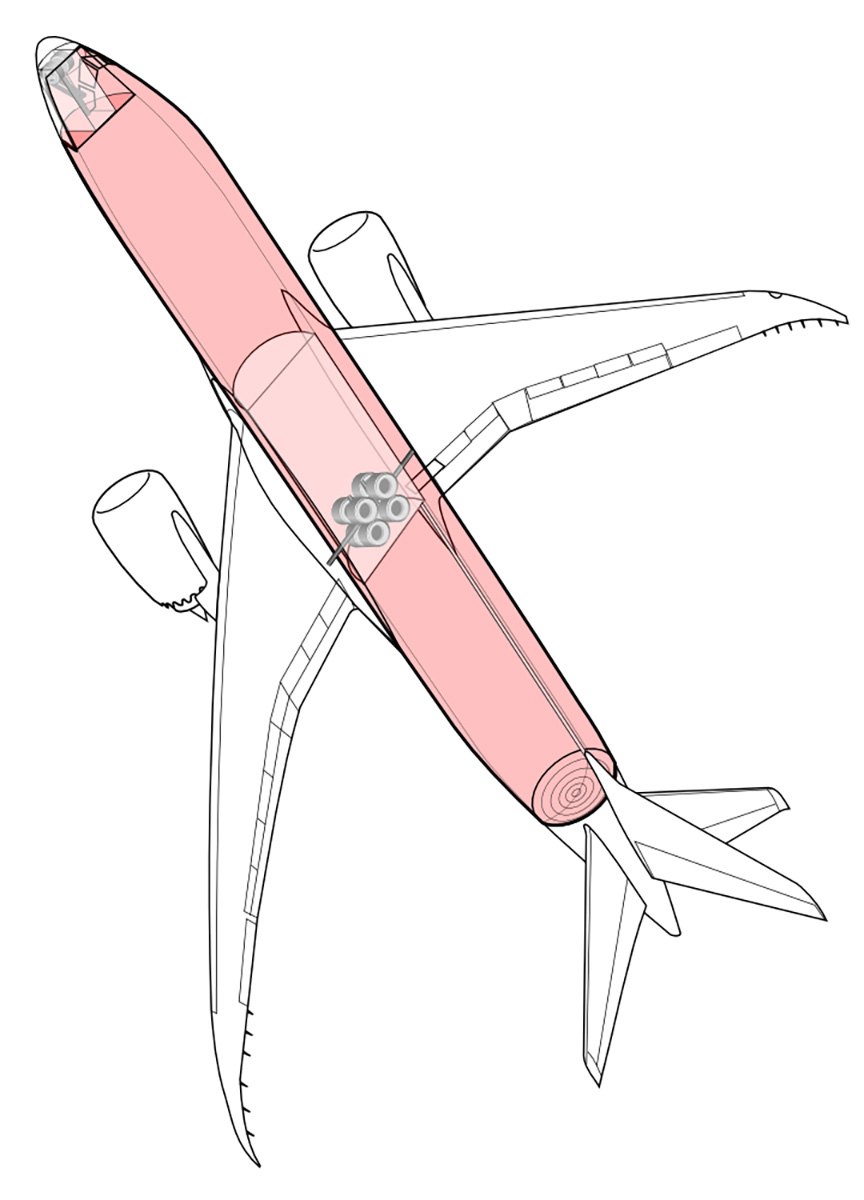Pressurization

Cabin pressurization is a process in which conditioned air is pumped into the cabin of an aircraft in order to create a safe and comfortable environment for passengers and crew flying at high altitudes. For aircraft, this air is usually bled off from the gas turbine engines at the compressor stage. The air is cooled, humidified, and mixed with recirculated air if necessary, before it is distributed to the cabin.
Pressurization becomes increasingly necessary at altitudes above 12,500 feet to 14,000 feet above sea level to protect crew and passengers from the risk of several physiological problems caused by the low outside air pressure above that altitude. It also serves to generally increase passenger comfort and is a requirement above 15,000 feet.
The most common problems that can affect passengers and crew are as follows: Hypoxia, and decompression sickness. Hypoxia is characterized by the lack of oxygen in the bloodstream where as decompression sickness is characterized as bubbles in the bloodstream. Both can lead to unconsciousness and fatalities.
Unplanned loss of cabin pressure at altitude is rare but has resulted in many accidents. Failures range from sudden, loss of airframe’s integrity to slow leaks or equipment failure. Unnoticed loss in cabin pressure can lead to unconsciousness or severe performance degradation of the crew. Any failure of cabin pressurization above 10,000 feet requires an immediate descent to 8,000 feet or the closest to that while maintaining the Minimum Safe Altitude (MSA), and oxygen masks for each seat. The oxygen systems is required to have enough oxygen for all on board and give the pilots enough time to descend to below 8,000 ft. Without emergency oxygen, hypoxia can set in and lead to loss of consciousness and then loss of control of the aircraft. As the pressure falls the cabin air temperature may also drop to the outside temperature with a danger of hypothermia or frostbite.